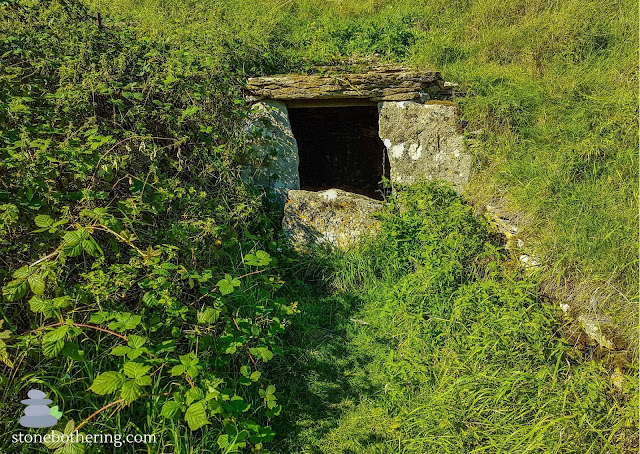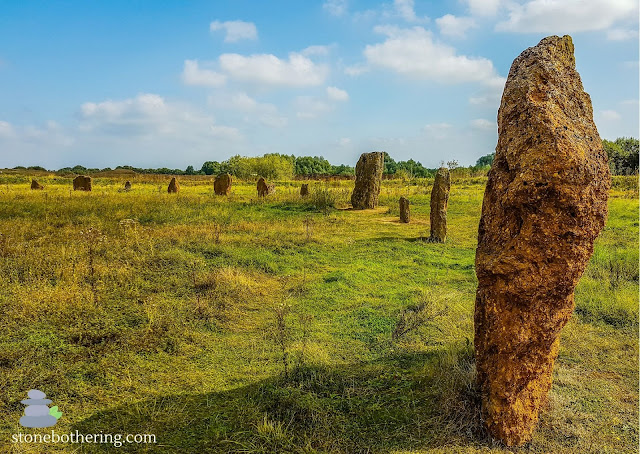The Enduring Enigma: Silbury Hill and its Unsolved Purpose
Towering over the English countryside, Silbury Hill stands as a testament to a bygone era. This prehistoric mound, nestled near the famed Avebury stone circle, is a wonder in itself. But what truly sets Silbury Hill apart is its enigmatic purpose. Archaeologists have been grappling with this question for centuries, and despite numerous theories, the truth behind its creation remains shrouded in mystery.
Standing at a staggering 39 meters (129 feet) tall, Silbury Hill is the largest prehistoric man-made mound in all of Europe. Its construction, estimated to have taken an astonishing 18 million man-hours, is a feat that speaks volumes about the ingenuity and organization of the people who built it. Radiocarbon dating places its origin around 2400 BC, making it roughly contemporary with the Egyptian pyramids.
One might think that such a monumental structure must have served a grand purpose, perhaps as a burial chamber for a revered leader. However, excavations have revealed no human remains or funerary objects within the hill. This has led archaeologists to explore alternative theories. Perhaps it was a temple, a giant sundial, or even a marker on a vast, ceremonial landscape.
Local folklore offers its own explanations. Legends speak of King Sil, a powerful ruler who lies buried beneath the hill, accompanied by his golden horse. Another tale claims the mound was created by the Devil himself, carrying a bag of earth to bury a nearby town.
The lack of a definitive answer only adds to the allure of Silbury Hill. It's a place that sparks the imagination, prompting us to ponder the lives and beliefs of the people who built it.
So, the next time you hear about Stonehenge or Avebury, remember their enigmatic neighbor, Silbury Hill. It's a silent giant, a reminder that the past sometimes holds secrets too profound to fully unravel, but no less fascinating for it.
© All rights reserved
.jpg)
.jpg)

